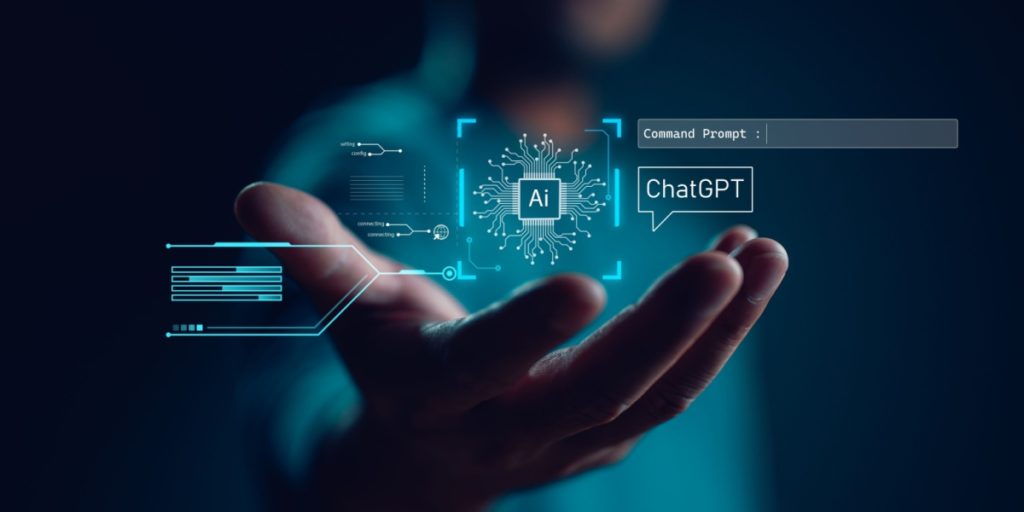AI chips can empower the intelligence of robotics, with future potential for smarter and more independent cars and robots. Alongside the uses of Chat GPT and chatting with robots at home, the potential for this technology to enhance working environments and reinvent socializing is promising.
Cars that can judge the difference between people and signposts are becoming more common on the roads, as electric and autonomous vehicles benefit from advancements in AI and robotics. The use of AI chips and advanced sensors can give robot-like qualities to cars, as they can process sensor data locally, and, combined with traffic information from the cloud, they can make their own informed decisions for the safety and benefit of the driver or passenger. Interpreting camera data to identify types of obstructions or hazards can allow cars to make decisions independently of a driver.
Conversing with the car will feel much more natural with the use of AI chips, as they enable more detailed voice recognition, so drivers won’t have to memorize specific instructions. Companies like BMW already use this to make more natural-sounding hands-free interaction with the vehicle to input destinations or play music.
AI chips will also help the battery management of the car, considering factors such as temperature, humidity, and usage so the car can maximize the lifespan, range, and performance of its battery. IDTechEx explores this further in their market report on the topic, “Software-Defined Vehicles, Connected Cars, and AI in Cars 2024-2034: Markets, Trends, and Forecasts“.
Working robots
Independent robots are also a fantastic use for AI chips, where AMRs (autonomous mobile robots) and AGVs (automated guided robots) can carry out onboard processing and take on new spatial awareness.
Exploring harsh environments that could potentially be hazardous for humans is a job well-suited to robots. Whether mapping out internal or external structures to knock down or refurbish buildings or carrying out agricultural work, AI chips can help robots identify doorways or obstructions so as not to damage themselves. Their picture storage means they can report back data effectively from remote areas with no data connection.
Well-controlled environments such as warehouses are more typical working environments for AGVs, as they have access to the internet and connection to data. With the use of less powerful AI chips, AMRs can upload images to the cloud, thereby navigating themselves as well as achieving additional functions such as object recognition. Driven by Amazon‘s Proetus being adopted in its warehouse, the market for AMR is expected to grow around US$100 billion by 2044, bringing significant market opportunities to chips and other components needed for AMRs. More details are included in IDTechEx’s latest research, “Mobile Robotics in Logistics, Warehousing and Delivery 2024-2044“.
Chat GPT and social
Friendships could look a little different in the future as social robots have started to become installed with the popular and accessible AI software Chat GPT so that interactions can feel natural and human-like. It is a target for this software to create companion robots, inspired by times such as the COVID-19 pandemic, when people may have struggled with loneliness – these robots could hold conversations as a human would.
Vacuum robots, which many people use in their homes today, can receive instruction or even talk themselves, which categorizes them as AI. With the use of Chat GPT, asking a favor from the hoover will be easier and may not require specific buzzwords that it recognizes.
AI’s applications are increasing worldwide, and installing chips into vehicles and robots allows a certain level of freedom, enabling them to run and think for themselves without human input or supervision. It might one day be possible to trust the judgment of a vehicle more than a human driver or hold a conversation about the weather with the vacuum as it cleans the kitchen floor.
For more in-depth analysis of the technologies and markets associated with these topics, IDTechEx offers a portfolio of relevant reports, including:
- “Software-Defined Vehicles, Connected Cars, and AI in Cars 2024-2034: Markets, Trends, and Forecasts“
- “Mobile Robotics in Logistics, Warehousing and Delivery 2024-2044“
- “AI Chips for Edge Applications 2024-2034: Artificial Intelligence at the Edge“
- “Service Robots 2022-2032: Technologies, Players & Markets“
IDTechEx reports provide a detailed appraisal of a technology and its applications based on primary and secondary research conducted by technical analysts, helping you understand the full picture. These high-quality, unbiased studies are researched at a global level. For the full portfolio of reports, please see www.IDTechEx.com. Sample pages are available for all reports.
IDTechEx provides trusted independent research on emerging technologies and their markets. Since 1999, we have been helping our clients to understand new technologies, their supply chains, market requirements, opportunities and forecasts. For more information, contact [email protected] or visit www.IDTechEx.com.


